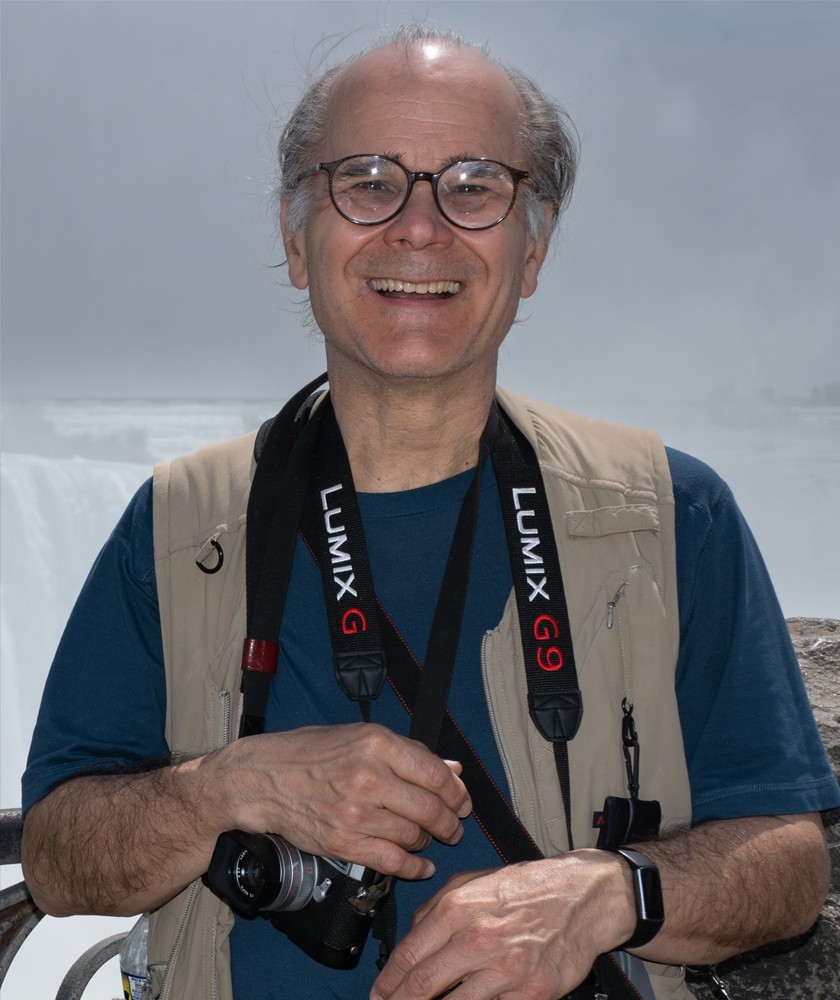5 Questions with Art on the Walls artist Brian Sesack
Brian Sesack is one of the three artists featured in Eleven Stanwix’s new Art on the Walls exhibition program which brings the work of Greater Pittsburgh Arts Council members to unconventional spaces throughout the region. As a self-taught artist, Sesack expresses himself through photography, focusing on creating patterns by interpreting his environment through tone, form, and density. His photographs showcase a wide variety of locations, including a Death Valley National Park scene and a lake reflection from Stonewall Jackson State Park in West Virginia.
Our communications intern recently spoke with Brian to learn more about his art and why he started. (This interview has been condensed for space and clarity.)
What made you want to start creating art?
When I was growing up, my late father was an industrial arts teacher and when he started teaching, he discovered he was going to be a papa. He had a former student of his who was stationed in the army in West Germany, and he gave him money to buy a Leica M3, probably the best 35-millimeter camera ever made. And so my whole life growing up was photographed with that camera and on Kodachrome slides. I never understood that camera, but it was what my father used.
What does it mean to you to have your work displayed at Eleven Stanwix in their lobby?
You know, it's humbling, I really mean that. If you look at black-and-white photography in the art world, it's a niche within the art community. If something sells, that's wonderful, but just exhibiting is just a great experience. I mean, it provides a vehicle for growth, renewal, and self-expression. So then when the world says they like it, oh, that's a big hug.
Is there anything else people should know about you?
The experience of being an artist is just magical.
Pablo Picasso said everybody's an artist, that it just gets killed and destroyed as they have to be domesticated in a commercial environment. So if you think about artists, we think about the painting and writing and sculpture, but there are ways of being creative in the work that you do that are of other value in the world. It's what you bring. So art gives me that experiment, that opportunity to expand those boundaries.
But, you know, I'm going to make my artwork for me, and I'm going to try to make it pleasurable for others to see.
Brian Sesack’s work can be seen in the lobby of Eleven Stanwix, which is open Monday through Friday from 9 a.m. to 5 p.m. and by appointment only on Saturdays and Sundays. All artwork is for sale, and artists receive 80% with each purchase. Learn more at pittsburghartscouncil.org/art-on-the-walls/eleven-stanwix




